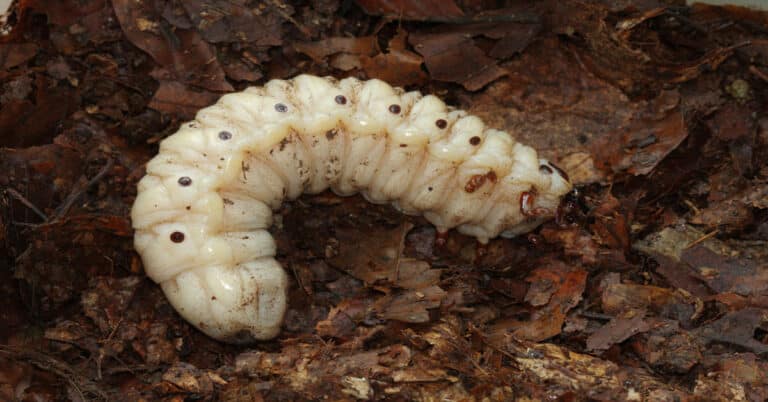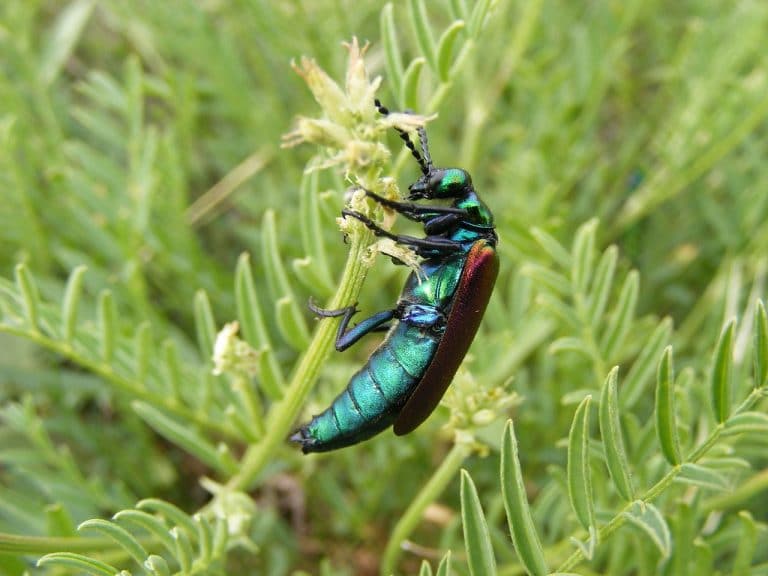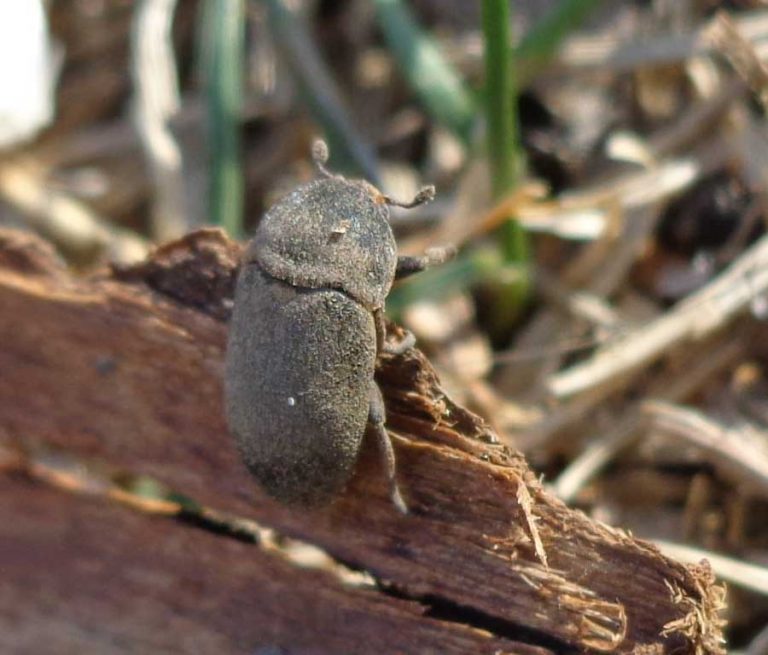Beetle Life Cycle
Beetles, like many other invertebrates, undergo a full metamorphosis cycle that includes four phases of growth: eggs, larva, pupa, and adult. This whole beetle life cycle could take anything from several weeks to many years. Wood-boring beetles, for instance, have an extended life cycle that could continue up to 30 years. We will cover some fascinating facts regarding a beetle life cycle.
Battle of the Fittest
Many beetle types mating rituals could be similar to gladiator conflicts in Rome. In some species, they would battle till death — males versus males as well as females versus females – till one male and female survive. This apparently dramatic method assures that the best of their species would generate offspring. The mating procedure might take anything from some moments to many hours after the winning male and female have partnered up.
The Egg Stage
The breeding phase of the Beetle life cycle is normally during the month of spring to fall. To find their partners, several insects employ chemical cues, and some use strange sounds or sensory cues like light. Since males have little chance for mating, the struggle for female interest gets intense. Males have developed a variety of ways in order to maximize their chances of passing on their genetics.
Many organisms have the potential to reproduce without the need of a male beetle; therefore, all of this sexual competitiveness isn’t true for all beetles. Although the details of this procedure aren’t fully known, it generally includes sexual and asexual birth. It is exceptionally rare for a complete species to exist and mate totally without the need for sexual reproduction.
After they have done mating, the female would usually pick the same area where she was born to protect her offspring. She would put her eggs precisely on a feeding ingredient, such as timber, roots of plants, litter, or a location with plenty of prey. Throughout her adulthood period, she could lay anything from a handful to some hundred eggs.
These eggs could have a number of shades, but they are often tough, soft, white, or even yellow in appearance. Because they are so tiny, identifying them with the human eye could be challenging. The eggs normally hatch in some days, although based on the beetle’s average lifespan, they could remain in this state for several weeks. Some species store their eggs inside their bodies and deliver living larvae directly.
The Larval Stage
The larval phase of the Beetle life cycle, commonly called the grub, is perhaps the most significant and longest-lasting process of the insect’s existence. It is quite simple to identify. It exhibits a worm-like shape, having an elongated, divided body that is often white in coloration and little or non-existent limbs and wings. They consume the majority, if not the entire of their nutrition during the larval phase due to their enormous mandibles, which allow them to develop quickly in a limited period of time. Their environment is the exact substrate where the offspring are released.
Some insects are just attracted to timber cellulose, while others only consume vegetation, and several are partially carnivores from their origin. Many beetles and fungal spores have a symbiotic connection. The fungus is distributed and cultivated by the seniors as a food supply for the larval stage.
The larvae would molt or remove their external shell layer when they start to eat and keep growing. Instars are the stages that occur between molts. The average prevalent quantity of molts is 3, although specific organisms could go through many more as ten until the larvae are finished evolving. Based on the beetle kind, the procedure could take anything from some weeks to many years throughout the time they live. By the course of this phase, the larvae have consumed enough food, and it has grown to be almost as large as, though not larger than, the grownup version it will become.
The Pupa Stage
Whenever the larvae are set to become grownup, they would take shelter in an isolated place of their environment (typically digging into the surface or suspending from a tree) and approach the pupa phase, commonly recognized as the chrysalis as well as a cocoon. Unique revolutionary lymphocytes inside the pupa gently mold physical features into adult forms. The amount of time it requires varies depending on the kind. Many beetles convert in a matter of weeks, while the rest take many years. The pupa does not consume anything throughout this period. However, it stays in a sleeping, low-activity condition.
The Adult Stage
Whenever the pupa phase is finished, the beetle rises as a properly mature adult. This adult period of the beetle life cycle, commonly called imago, is by far the most complex. Adults may be found in a variety of forms, hues, and proportions. Some insects get a tail that resembles that of a scorpion. Some have a massive horn emerging from their heads. Others resemble wasps to trick enemies into ignoring them. To defend themselves, most beetles emit poisonous or unpleasant compounds, and they frequently have vivid and noticeable colors to deter attackers. They have a lot of interesting facts.
Despite their enormous variety, beetle recognition is quite basic. The existence of extended wing flaps across the spine of many beetles is indeed the one distinguishing trait that allows them to take flight. Most insects have a tough exterior to defend themselves; however, other beetles, such as fireflies, possess a soft exterior.
The adult phase’s primary goal is to breed with a companion. Adults normally die in a little time after performing this task. Most organisms require nutrition (their diet could modify drastically from larvae to adult development), but several insects do not eat whatsoever. They depend on the power absorbed during the larval phase to live till the mating period. The lifespan of an adult may range from some weeks to about one year. There isn’t a lot of generational crossovers. They usually simply give place to the younger population.
We hope our article has taught you about the beetle life cycle and if it has please let us know in the comments.

Having discovered a fondness for insects while pursuing her degree in Biology, Randi Jones was quite bugged to know that people usually dismissed these little creatures as “creepy-crawlies”.







